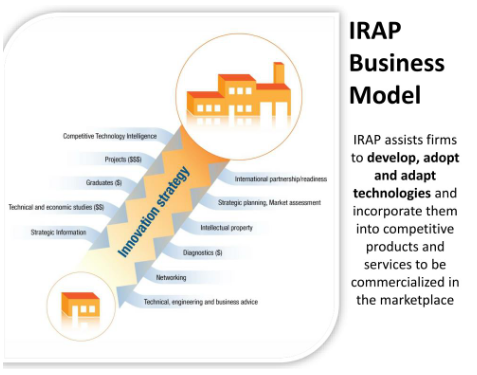The Labour Market Impact Assessment (LMIA) is a pivotal document in the Canadian immigration landscape. It serves as a bridge between Canadian employers and potential foreign employees, ensuring that the hiring process is beneficial for the Canadian labor market. But when it comes to business plans, especially those aimed at securing funding, the LMIA takes on an even more critical role. Here’s everything you need to know.
- What is an LMIA?
A Labour Market Impact Assessment (LMIA) is a document that Canadian employers may need to obtain before hiring a foreign worker. It demonstrates that there is a genuine need for a foreign worker to fill a particular job role and that no Canadian worker is available to do the job.
- The LMIA Business Plan: A Key Component
For certain LMIA streams, such as the Owner-Operator category, a business plan becomes an essential part of the application. This plan provides a roadmap of how the business intends to operate, grow, and contribute positively to the Canadian economy. It’s not just a mere formality but a comprehensive document that can make or break the application.
- What Must an LMIA Business Plan Consist of to Secure Funding?
– Executive Summary: A brief overview of the business, its objectives, and its potential impact on the Canadian labor market.
– Business Description: Detailed information about the business, including its history, structure, products or services, and target market.
– Market Analysis: An in-depth look at the industry, market trends, competition, and the business’s unique selling proposition.
– Operational Plan: Information on the day-to-day operations of the business, including suppliers, equipment, and processes.
– Management and Organization: Details about the business’s leadership team, their roles, and their qualifications.
– Sales and Marketing Strategy: How the business plans to attract customers and achieve its sales targets.
– Financial Projections: A forecast of the business’s financial performance over the next few years, including projected income, expenses, and profitability.
– Benefits to the Canadian Labor Market: A crucial section that outlines how hiring a foreign worker will benefit the Canadian labor market, such as job creation for Canadians, transfer of skills, or addressing labor shortages.
– Risk Assessment: An analysis of potential risks and challenges the business might face and strategies to mitigate them.
- The Importance of a Well-Crafted LMIA Business Plan
A well-thought-out LMIA business plan is not just a requirement but a tool to convince potential investors or lenders of the viability of the business. It showcases the business’s potential for growth, profitability, and positive impact on the Canadian economy. For foreign entrepreneurs or business owners, it can be the ticket to securing the necessary funding and making their Canadian business dream a reality.
Conclusion
The LMIA process, while rigorous, is a testament to Canada’s commitment to ensuring that its labor market remains robust and competitive. The LMIA business plan, especially for those seeking funding, is a critical component that requires careful attention to detail, thorough research, and a clear vision of the business’s future in the Canadian landscape. Whether you’re a Canadian employer or a foreign entrepreneur, understanding the intricacies of the LMIA business plan can pave the way for a successful venture in Canada.







